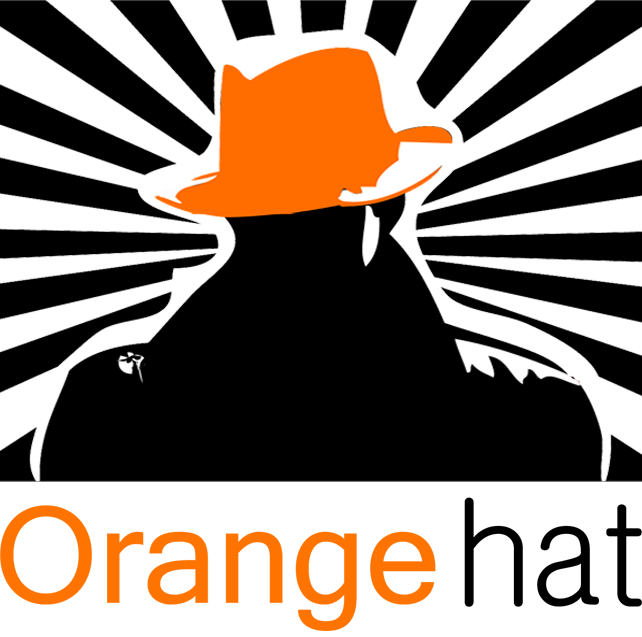All to many times through out my circles of colleagues, potential customers and even my friends, I hear that social media is not a good tool for marketing.
That just could not be further from the truth… Here are some common objections that I have heard about social media and it’s place in business.
My Customers Don’t Use Social Media
Really? Have your customers heard of the Internet? This has got to be on of the most naive statements I have ever heard! Do a quick search on the Internet and you’ll find something like this:
Facebook: 955 million users; more than 42 million pages and 9 million apps
Youtube: 4 billion views per day
Google+: 250 million registered users-Craig Smith on Social Media
Chances are, your customers are in that mix somewhere… also, that is a lot of prospects to go after and market to!
Social media is not for our business
If your business is not about marketing for dollars, then this could apply. I assume that it is a common misconception that social media is just a place for friends and that no one pays attention to marketers. Your brand has a story to tell, so be social and put a human face to your brand! A successful social media campaign will bring in: AWARENESS, SALES, and LOYALTY
Nobody tweets about us, so we don’t need social media
This statement is true to those that do not give people something to tweet about. This could also be true for businesses and people with boring concepts and marketing strategies. Look into viral marketing, these types of campaigns are successful because they are exciting and have the ability to generate buzz. Give people something to share and talk about and your idea could hit levels that were once unimaginable!
Social media is just marketing
Social media plays a role in marketing, sure! But it’s much deeper than that. Social media is a way to engage people and even manage your customers! These day, people are quick to turn to social media and either praise or trash, so why not give them the avenue to come straight to you? Social media could even limit the time spent on the phones talking to irate customers and show publicly how well you can handle a situation.
If you’re not using social media in this digital age, you are truly falling behind. Sure you may not see instant result, but you build the story and reputation of you brand. That is the most important part of the whole game.




 The plugin name
The plugin name 